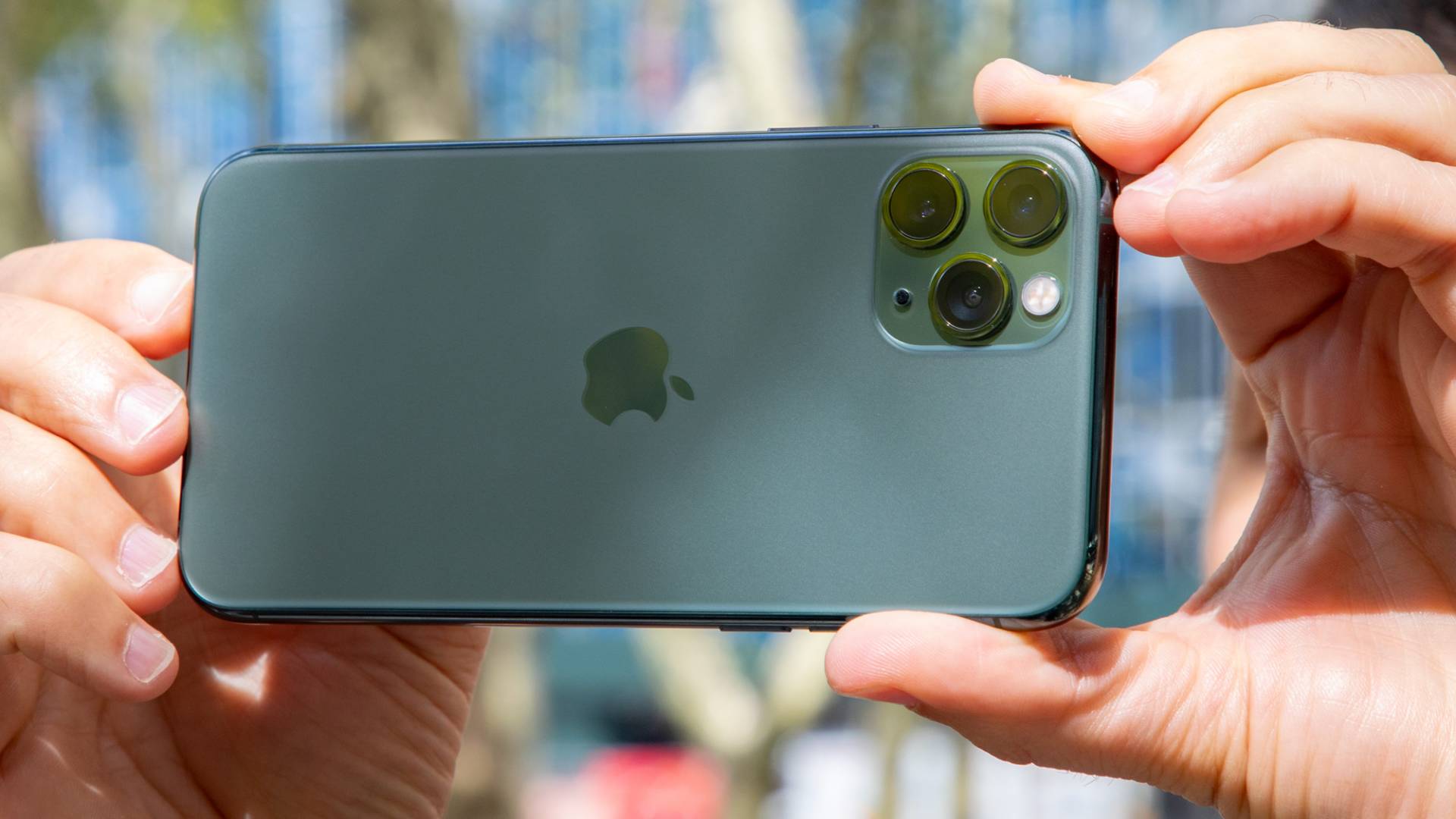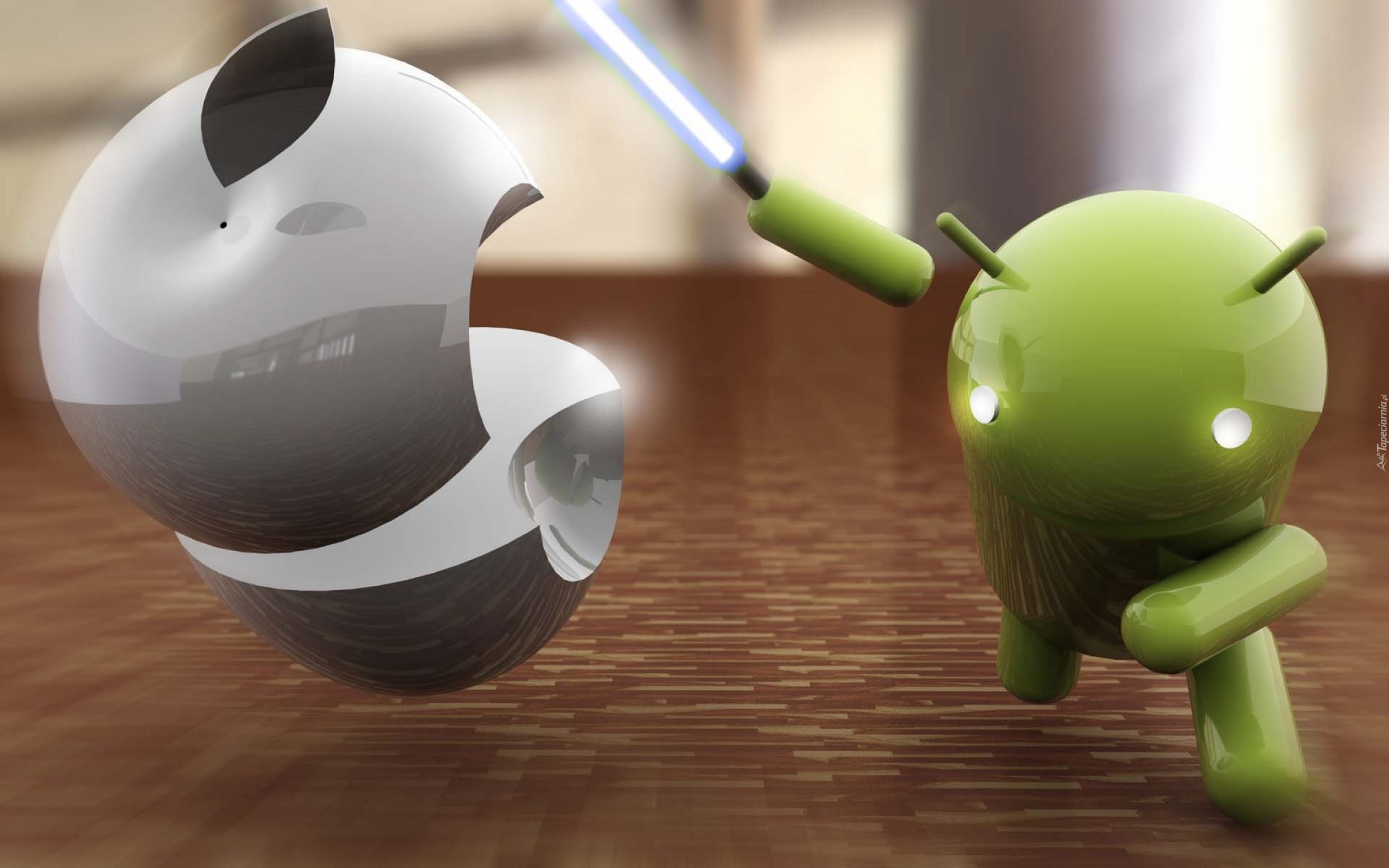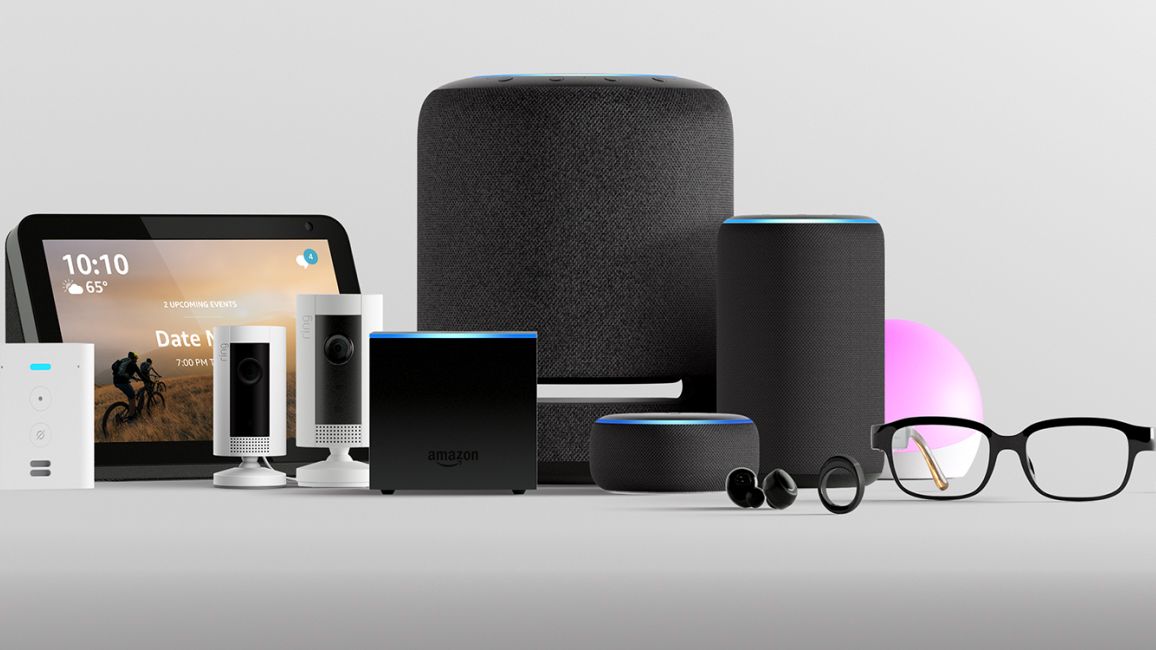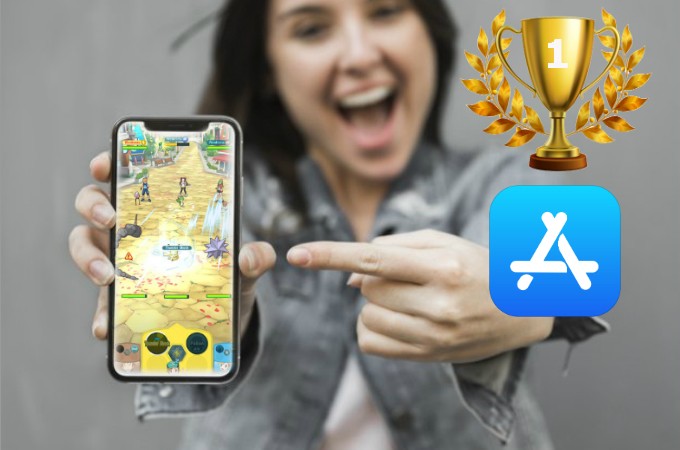While there are a number of companies you can turn to if you buy one of the best smartphones no matter what you buy, it’s guaranteed to run one of the two main mobile operating systems: iOS. (If you choose iPhone) or Android (if you choose something else).
Both platforms are fully mature at this point, having been around for over a decade. This means that both have combined complete feature sets, and there’s very little the other can do. However, each has its own merits and there are reasons why you should want to choose one over the other.
With iPhone versus Android, we take a look at the strengths of each mobile platform, so you can pick the right device for you the next time you buy a smartphone.
iPhone vs Android: Why iPhone is better

You are an investor in the Apple ecosystem. This may seem a superficial reason, but Apple clearly has a wide range of tech products, and if you already have a Mac, iPad, or Apple Watch, getting an iPhone makes a lot of sense.
Apple has designed a set of continuity features that allow you to transfer work and data from one of its devices to another, and these features can definitely save you time. Take Handoff, for example, as calls on iPhone and web pages in Safari can move seamlessly between iOS and macOS. The Universal Clipboard makes text copied on one platform usable on the other. Another favorite feature of ours is the Continuity Camera, which allows you to take photos and scan documents with the iPhone camera, then view and edit them on your Mac. You can even make purchases on your Mac using the biometric authentication features on your iPhone with Apple Pay.
Only a few Android phone makers have device ecosystems that approach Apple’s, and even for some that come close, like Samsung, you won’t get the depth of integration possible between an iPhone. And other devices made by Apple. Microsoft is helping Google bridge the gap somewhat with its new Your Phone app for Windows, which allows Android users to reply to text messages and notifications on their computers, although the experience is a bit tricky and there’s still work to be done. .
There are plenty of other great examples of continuity across iOS, iPadOS, watchOS, and macOS – and the iPhone is a key ingredient in this puzzle, especially now that iPhone apps can seamlessly migrate to macOS. Seasoned users already immersed in the Apple ecosystem can earn a lot by adding iPhone to their lineup. And that doesn’t mean anything for friends and family who prefer using iMessage and FaceTime to stay in touch, especially these days during the pandemic.
Third-party apps are better. This is definitely due to personal preference, but as someone who has switched between iOS and Android since the two platforms existed, I was always amazed by the quality of the apps I built. IOS developers, especially disappointed. In their Android counterparts.
Don’t get me wrong – there are great Android software and developers out there, but it’s hard to find them in my experience. My favorite Twitter app, Tweetbot 5, is an iOS exclusive app, for example; In contrast, the best third-party Twitter app I’ve come across on Android, the Fenix 2, is pretty pale in comparison. My colleague Henry T. Casey and I love to use Bear to blog on our Mac and iPhone devices, but we’ve struggled to find a comprehensive and neat note-taking app for Android.
You might also find that apps from established companies, ranging from banks to airlines, are smoother and cleaner on iOS than Android, with better integration with basic phone services like Wallet. (Google Pay is starting to go viral with many carriers.) And don’t even tell me about Snapchat’s slow and buggy Android.
There is a larger selection of accessories. Jump through any of the best buys or target, and you’ll find lanes of cases for every iPhone made by Apple – which certainly can’t be said for the Android unit outside of the major companies’ flagships. Once you skip the line of semi-healthy products designed for the latest Galaxy S devices, you won’t have any luck. Don’t expect to choose accessories for your new Pixel or LG phone from any physical retailer. Sure, you can go online and get $ 4 checkout from Amazon, but you’re guaranteed to get your money’s worth.
The choice and availability of iPhone cases, screen protectors, car mounts, and other goodies is simply more important than what you’ll find for any other phone, and it’s more important than most other phones. People don’t think so. I recently used Pixel 3 and then Pixel 4 as my daily driver. As someone who loves to change the state of my phone regularly to keep it fresh, I have been very disappointed with Google’s lack of mobile phone options. IPhone owners will never encounter this problem.

No bloatware. No matter how you buy your iPhone, where you buy it, or the iPhone you buy, you won’t see any pre-installed bloatware when you first start it. This means it’s clean from the start, with no power or data draining apps that you didn’t ask for to sabotage things behind the scenes.
It’s convenient if one day you see the way your new Android phone comes out of the box, especially the phone you purchased through the carrier. Even spending $ 1980 on a Galaxy Fold doesn’t save AT&T customers the insult of shows like CNN and DirecTV Now cluttering the drawers of their apps. And it can be even worse if you buy a low-cost phone that has been heavily subsidized by a low-cost airline.
Android buyers who buy one of the best unlocked phones without a service contract will have a better chance of avoiding bloatware. It also depends on the company. For example, unlocked Pixel phones don’t get crashed by third-party apps; On the other hand, it is not entirely surprising that some unlocked phones come with unwanted software sponsored.
Get faster software updates. Android phones receive fewer updates than iPhones, and when they do, they happen less frequently and often get delayed.
The number of updates an Android phone sees during its life depends largely on its price, and the carrier you buy it from (or even whether it was purchased from the carrier). ) And phone manufacturer’s software support policy.
This is a far cry from iPhones, which will be supported by major software updates for many years to come, regardless of the cause. Take the iPhone 6S, for example, which is on track to receive iOS 14 this fall, despite launching with iOS 9 in 2015. For comparison, consider Samsung’s Galaxy S6, which launched the same year and started with Android. 5.0 Lollipop. Not only is it missing the latest Android software, but it stopped receiving updates years ago. It only reached Nougat 7.0 when Samsung pulled support – and when the S6 got Nougat, it arrived in March 2017, eight months after Google revealed the update.
In addition, when a new version of iOS is released, it is available to everyone on the same day and at the same time, and can be installed on any model that supports it immediately. In contrast, Android versions are rolling out in waves for individual phones, and not just by model. Last year, when multiple Pixel 4 owners received the December security patch from Google, I oddly left one of Tom’s Guide units to stumble upon the October software for unknown reasons.
It has better retail support. Suppose something is wrong with your iPhone and you need to fix it. Or maybe you want to put a screen protector on it, prefer a professional handle it, who will blow that film with a bubble or a speck of dust. Whatever your problem, it’s nice to have a place to go – and what better place for iPhone users than the Apple Store.
Android phone owners don’t appreciate this luxury. If you need a new battery or screen replacement and haven’t purchased a protection plan from the dealer that you purchased it from, you will likely need to return it to the manufacturer. It takes a long time, due to how much we all depend on our phones day in and day out.
iPhone vs Android: Why Android is Better

USB-C is universal. Android phones rely heavily on USB-C ports for charging and data transfer these days, which is handy if you are one of those people who really like to take the light with you and only carry one cable. USB-C is also present on many computers these days, as well as on the Nintendo Switch. Personally, when I travel, I take a 60W Chrome charger with me, and it powers the Pixel 4, MacBook Pro, and Nintendo game console. It’s beautiful.
While Apple’s Lightning cable is a relic of the days when every tech company felt compelled to develop its own connector, USB-C represents the ideal single-port solution the industry is working for. It also opens the doors to faster charging technologies, such as OnePlus’ Warp Charge 30T, which one of that company’s smartphone could boost its dead capacity completely to 70% in just half an hour.
Compare that to the $ 699 iPhone 11, which comes with a bleak 5W charger that takes years to fully charge this phone’s battery. Apple is packing a faster 18W adapter in the box with the iPhone 11 Pro after years of forcing iPhone users to buy their fast chargers, but the speed is still lackluster compared to what you get in cell phones. Fastest Android Downloader from Google, Samsung, OnePlus and Huawei. And according to rumors, future iPhones may not come with a charger.
There is a real file system (with support for drag and drop on PC). Most people don’t need to get their hands dirty with their smartphone’s file system. However, it’s nice to know that Android gives you this option, if you want. Best of all, when you connect your Android phone to your Windows PC, you can drag and drop files into folders very easily, just like the device is just another drive.
This means that your media libraries and documents are easy to move and store locally, and you don’t have to subscribe to a monthly cloud service if you have an especially large library. IPhones hide the user’s file system for everything except for photos, which can be very frustrating for managing music, documents, and other forms of media.
Some Android phones, like the new Galaxy Note 20, have special PC projection or projection features that allow you to view and use your device in desktop capacity. Samsung’s DeX interface is one example. With this diversity, a high-end Android phone can replace one of the best Chromebooks or ultra-portable laptops alike.
Usually, innovative features come first on Android phones. Of course, Apple lockers are quite stacked. However, this is just a business with a philosophy. As a result, iOS can be slow – or at least slower than the Android community – to adapt to emerging technologies.
With so many companies building Android phones, it is not surprising that Android partners tend to outrun Apple in the market with mobile innovations. Wireless charging, fast charging, NFC, 4G LTE, 5G, OLED screens, in-screen fingerprint sensors, water resistance, and multi-camera cameras have all landed on Android devices before iPhones as well. Such as software hacks like real multitasking, copy paste, and multi-window support.
Of course, this does not mean that Apple has not achieved its own breakthroughs. The iPhone 5s was not the first phone with a capacitive fingerprint sensor, but it was the first phone to work reliably and securely, and the same can be said for the iPhone X and l Face Detection. However, many Android phones are released every year from a variety of vendors, so adapting to the devices running the Google platform is just a matter of scope.
At the end of the line

So, iPhone or Android: which one to choose? Both systems have advantages and disadvantages, and like many purchasing decisions, your choice will depend on what you value the most.
Owning an iPhone just got easier and more convenient. There’s not much to think about, and because Apple’s iPhone is the most well-known brand of smartphone, there is plenty of support everywhere you go – whether you need to replace the battery or just try to grab it. New condition. This is especially true in the US, where iPhones accounted for 39% of all smartphones sold in the third quarter of 2019 – the largest share of all manufacturers – according to Counterpoint.
Owning an Android device is more difficult in this regard. At the same time, however, it is more free, as it offers more options: choosing how much you want to spend, choosing hardware and software features, and choosing how to organize and customize your experience. If you’re extremely interested in the technology you use, you might find Android a lot more liberating – and I dare say, it’s fun – although you’ll likely bemoan the relative lack of quality apps and accessories.
If you’re wondering which device to turn to, there’s no better place to start than our lists of the best iPhones and the best Android phones. Whatever device you choose, make sure it matches your operating system preferences.



